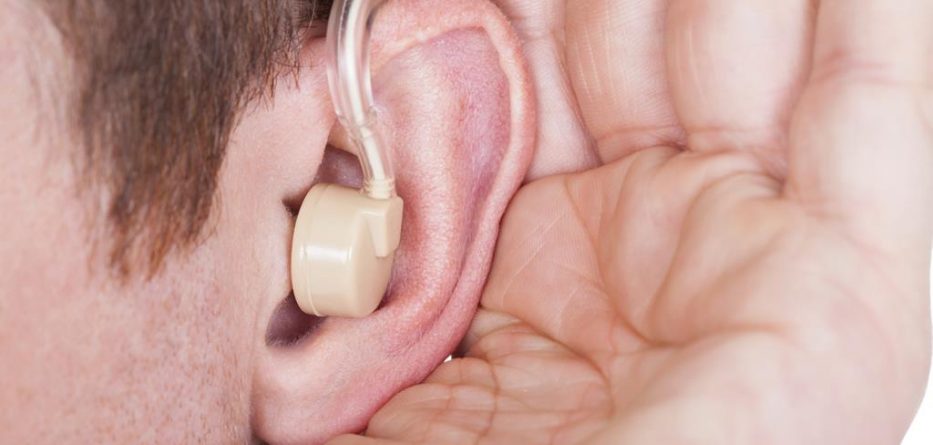At certain points in our lives we may lose our hearing ability. It is in such times that we realize we need a hearing aid. A hearing aid is, as the name suggests, a little device that is often tucked inside our ears that helps us with hearing. This device is normally prescribed by an audiologist, after thoroughly testing our hearing to ascertain that the level of impairment warrants it.
Why is this device necessary?
A hearing aid is necessary, as hearing loss can be a great impediment to effective communication and may often cause communication barrier and breakdown. We may be aware of people who often nod blindly as we communicate with them, especially members of the older generation as this is the age group notorious for hearing loss. Such people may just pretend to agree in order to show politeness while they in fact miss the point. Even more annoying, they may ask that words be repeated to them severally, which may not be helpful to the conversation either. This is where hearing aids come in.
Why aren’t many people using the device?
There are two major reasons as to why many people still do not have this crucial device. First, it is not often covered in many insurance policies, and this is either due to the fact that many people do not often foresee the possibility of losing their hearing ability at certain times in their lives, or the insurance service providers may not have come to appreciate that hearing loss is an inevitable problem with old age. Another reason many people lack this crucial device is due to the fact that its price is prohibitive, and therefore does not find its place in most people’s budgets.
How much does the device cost?
There are three factors that influence the price of this device. First, and like everything else, the price of this device is influenced by brands, where the basic brands cost less as compared to the more classy and elegant ones. The second factor is the degree of hearing loss, where we find that mild loss means low-priced devices while severe loss attracts the more expensive hearing aids.
Lastly, the price of a hearing aid is influenced by the fact that the device is either analog or digital. While the digital devices are highly recommended due to their enhanced specifications, they cost fairly high as compared to their analog counterparts. As opposed to many analog devices that still use batteries, the digital ones operate by use of remote controls, which is an added advantage but a drawback as far as price goes.
All in all, it is worth noting that the price of a single hearing aid is somewhere between $800 to $4,000 per ear, which basically works out as $1,600 to $8,000 for both ears. While the price seems high, it is important to note that it covers the cost of the hearing examination, the device consultation and fitting time, any follow-up appointments as well as cleaning and warranty. Another saving grace of the high price is that the warranty is a fairly lengthy one, lasting up to three years in most devices.
Photo: Thinkstock




